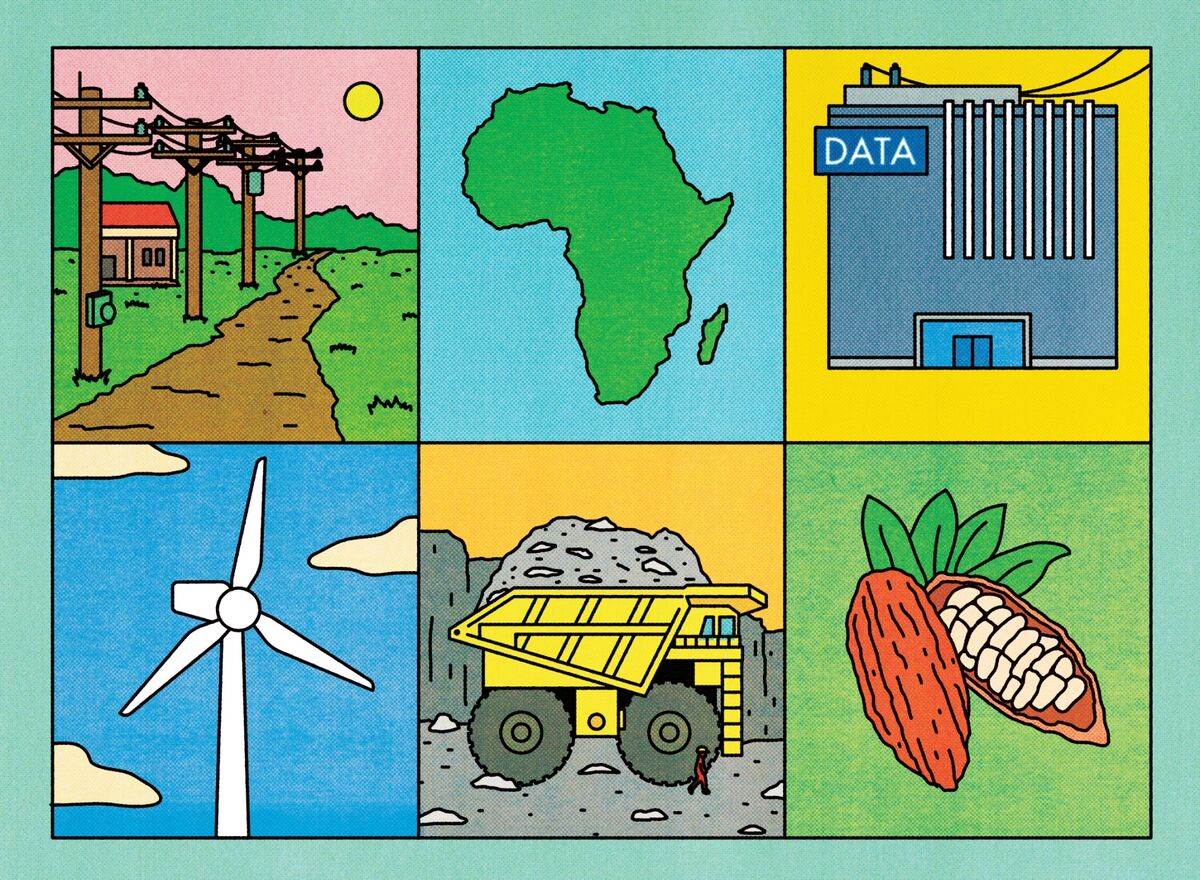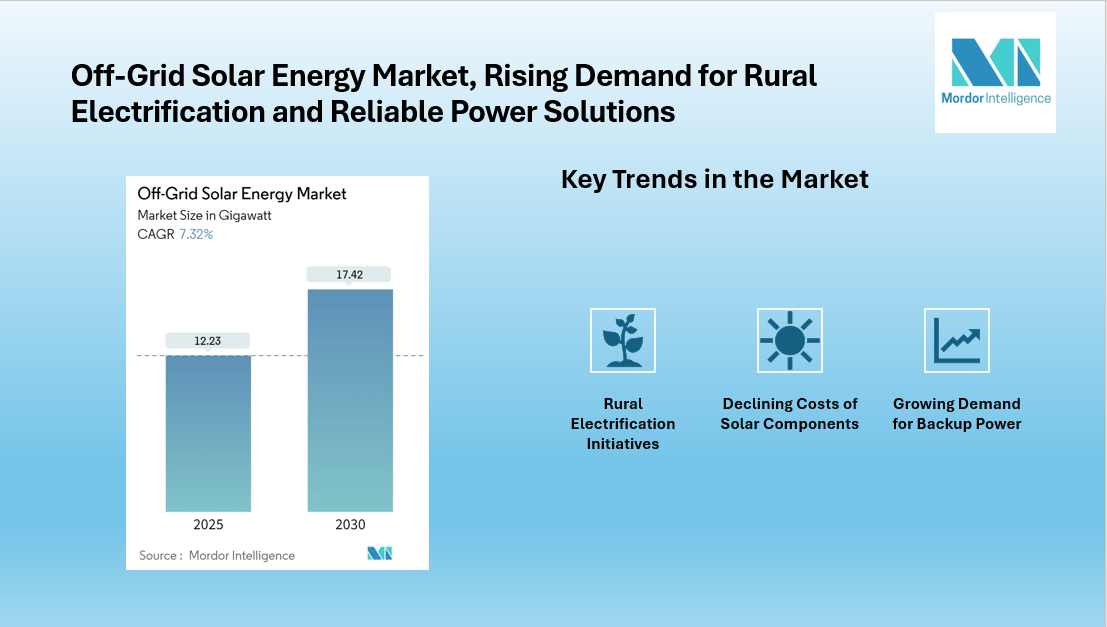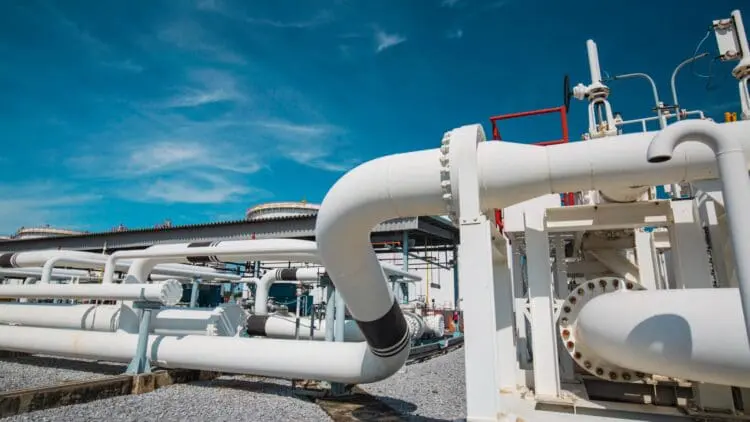Energy Markets

Namibia’s energy sector to add US$3 billion to GDP and create thousands of jobs

Namibia's Integrated Energy Strategy for Economic Transformation
Namibia is poised for a significant economic transformation driven by the strategic development of its diverse energy resources. By the end of the decade, the combined potential of its oil, gas, renewable, and green hydrogen sectors could add over US$3 billion to the nation's annual GDP and create tens of thousands of jobs. This integrated vision was consolidated at the Namibia Public-Private Forum in October 2025, where a working group co-chaired by Dr. Grant Muller of the Namibia Green Hydrogen Association and Eduardo Rodriguez of the Namibia Petroleum Operators Association outlined a strategy to align these sectors with the country's national development goals.
A Unified Vision for Industrial Growth
The working group presented the four energy sectors—green hydrogen, hydrocarbons, renewables, and nuclear—as complementary pillars for national development. This integrated approach is designed to unlock long-term energy security, fiscal stability, and export competitiveness for Namibia. Projections indicate that these combined industries could increase national GDP by between 6.8% and 25% by 2030, depending on the scale of investment and production achieved. The group emphasized that this transformation requires a stable and predictable policy environment rather than direct government equity or funding, positioning precise and enabling regulation as the key to unlocking multi-billion-dollar private investments.
Establishing a Green Hydrogen Export Frontier
Namibia's green hydrogen sector is advancing from feasibility to the financing phase. Projections now exceed initial targets, with an anticipated output of 2.2 million tonnes of green ammonia and 2 million tonnes of direct reduced iron (DRI) per year by 2030. Once commercialized, the sector could inject approximately US$2 billion annually into GDP and create over 30,000 direct jobs. To accelerate growth, the working group recommended establishing a single inter-ministerial governance framework to streamline permitting for land, environmental clearances, and export infrastructure access. It also called for designating flagship hydrogen projects as nationally strategic and enacting sector-specific legislation to provide investors with the legal certainty required for large-scale project finance.
Accelerating Oil and Gas Production
Following major discoveries in the offshore Orange Basin, Namibia has the potential to become an oil-producing nation within the decade. The working group projected that by 2030, Namibia could see three final investment decisions (FIDs) and at least one floating production storage and offloading vessel (FPSO) in operation. This initial phase could contribute 6.8% to GDP growth and create about 12,000 jobs. In a high-development scenario with four FPSOs, production could reach 150,000 barrels per day, generating approximately US$3.3 billion in GDP and supporting over 45,000 jobs. Key recommendations included a phased implementation of local content policy, the regular awarding of new exploration licenses, and the ratification of international conventions to safeguard investor rights through arbitration mechanisms.
Modernizing and Expanding the Power Grid
Namibia's renewable energy program aims to install 400 MW of renewable capacity by 2030. While solar and biomass are key focus areas, significant infrastructure constraints and minimal transmission capacity for exports remain a challenge. The working group called for urgent bilateral engagement with neighboring countries like South Africa, Zambia, and Botswana to explore grid interconnection opportunities. To encourage private investment, it recommended legislative amendments to allow companies to invest directly in grid expansion. Furthermore, the group proposed simplifying market rules for embedded-generation projects and allowing regional electricity distributors to enter short-term power purchase agreements to secure cost-effective power for end-users.
Projected Socioeconomic Impact and Alignment with National Goals
The collective development of Namibia's energy portfolio is projected to have a substantial socioeconomic impact. By 2030, the sectors could generate over 75,000 direct jobs, with indirect employment effects exceeding 200,000. The combined annual GDP contribution is forecast to range between US$2 billion and US$3.3 billion. This growth aligns directly with the targets of the Sixth National Development Plan (NDP6), including achieving 7% annual GDP growth and establishing energy as the country's primary economic enabler, as outlined in the Swapo Manifesto.
Addressing Challenges and the Path Forward
The successful realization of this energy strategy hinges on overcoming challenges related to policy coordination and institutional efficiency. The working group identified policy coordination, legislative certainty, and efficient institutional capacity as the main prerequisites for success. A key recommendation was the establishment of an Inter-Ministerial Energy Coordination Mechanism, with representation from all relevant ministries and state-owned enterprises, to ensure faster project approval and harmonized regulation. As a next step, the group proposed that all pending energy and petroleum policy instruments be finalized within six months to maintain momentum and position Namibia's strategic projects as regional models for energy development.












